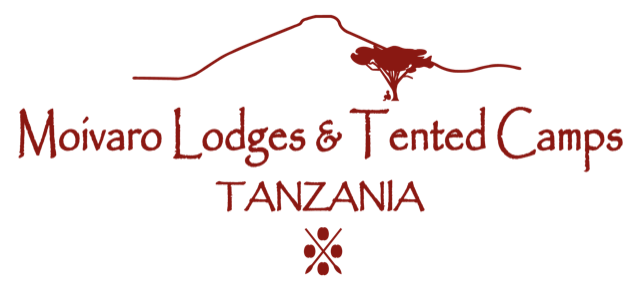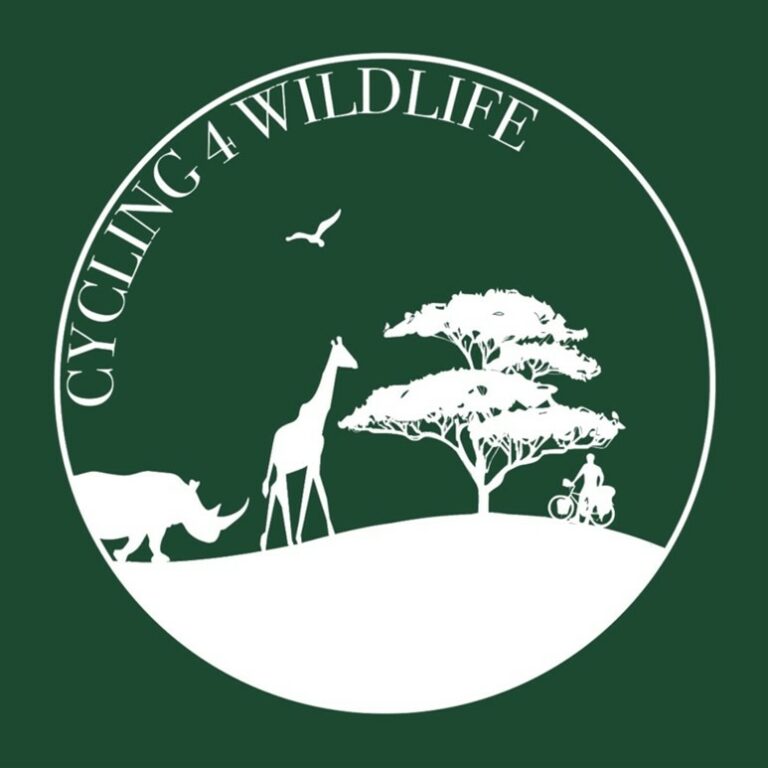We left Majete not on our saddles, but in the confined space of a Toyota Hilux. In the back of the vehicle were our four bicycles, of which two had a broken rim. Worried that it was going to be very difficult to find replacements for our European-sized bicycles, we could not believe our luck when Rosie managed to track down a mechanic in Blantyre who claimed to have a rim of precisely the right dimensions. When we arrived at his house, it seemed very unlikely that we were about to find two European 28-inch rims here. However, once again, we were pleasantly surprised by the resourcefulness of African craftsmen. With two new rear wheels in the back and a nutritious KFC meal in our stomachs (Thomas ate four Kitkat sundaes), we continued our journey to Lilongwe, where we stayed at the volunteer camp of the Lilongwe Wildlife Trust. Again, this was arranged by Rosie, who had become somewhat of a guardian angel by this point.
The next day we were back in our saddles, and left Lilongwe in westerly direction. To get to Matusadona, the next park, we would have to cycle 700 kilometres to Lusaka and then another 200 kilometres, across the Zimbabwean border, down to the lakeside town of Kariba. In Kariba we would be picked up by a boat from Matusadona that would take us across the eponymous lake and into the park. Cycling westward meant that, after more than a month of cycling against headwinds, we were finally backed by the equatorial winds that blow across this part of the continent from a southeasterly direction. After a swift ride to Lusaka that included days on which we covered over 150 kilometres, we felt the opportunity to enjoy the luxuries of city life could not be wasted. And, since we only had one afternoon and a morning in Lusaka, we had make the most of it. The beginning was promising: first we went to an Indian restaurant for lunch. After weeks and weeks of eating rice, chipsi (chips), or nshima (maizemeal) with fried kuku (chicken) and sukuma (collard greens), it was nice to finally enjoy some variety. The evening itinerary was even more promising with a visit to a cocktail bar, a casino and a night club, but due to persistent stomach issues I was sadly forced to stay at the hostel, while the rest of the pack went out. I can’t remember exactly around what time, but at some point in the middle of the night I was woken up by the sound (and smell) of three drunk men crawling into their beds. Considering the state of my teammates as they came home that night, I was deeply impressed when the three of them were up around 10:00 and managed to cycle the 50 kilometres to Kafue town without much complaining.
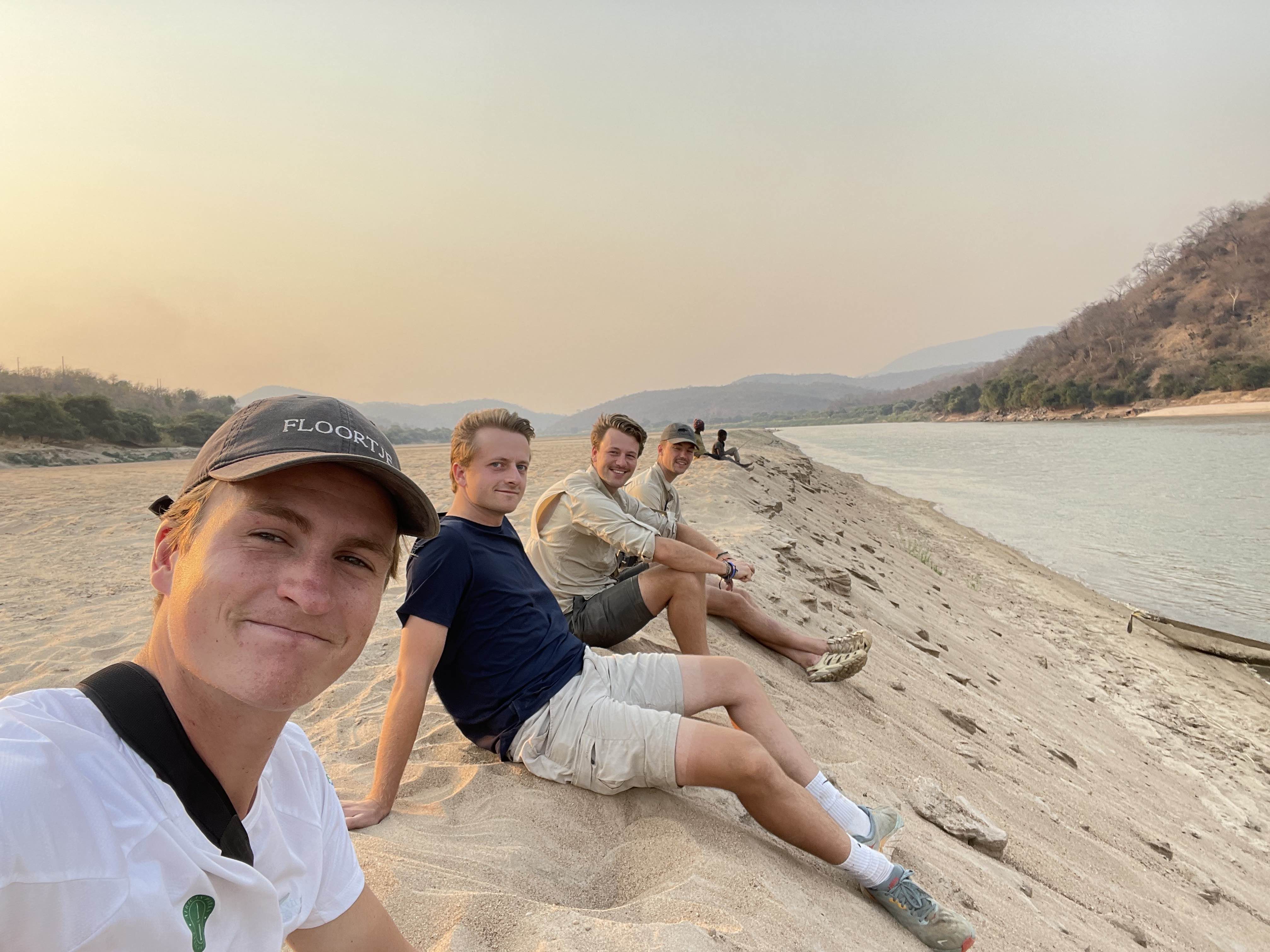
After a tough leg on the next day, we crossed Kariba Dam and reached the Zimbabwean border. Getting a visa proved more difficult than expected, as the key of the locker where the visas were kept was missing. But after half an hour or so, a lady managed to locate the key, and not much later we were back outside, with stamped passports and all. In Kariba town, we were picked up by a boat and brought across the lake to Matusadona. On our way to the harbour we saw something we hadn’t seen anywhere else thus far: in the middle of the town, right in front of the filling station, we saw a pile of fresh elephant dung. For a brief moment, we stared at it in disbelief. Up until now, we hadn’t seen any large wildlife other than baboons outside of the parks. Everywhere we had been, the division between wildlife and civilisation could scarcely have been starker. Was Zimbabwe different? Was it possible that man and elephant had found a way to coexist peacefully here? With these questions floating around in our head, we stepped aboard a power boat that took us across the lake in less than an hour.

Upon reaching the park’s headquarters and being welcomed by hippos, we knew we had arrived in a park unlike any one we had visited thus far. With its dramatic landscape, with the tranquil waters of Lake Kariba meeting the rugged Matusadona mountains, the park is a place of undeniable beauty. But, at the same time, it isn’t strictly “natural”. When the construction of Kariba Dam was completed in 1955, an expansive area of 5,600 km2 area flooded, forming the world’s largest man-made lake. Despite the park’s undeniable beauty, this does give it a somewhat artificial feel. For instance, the vegetation on the water’s edge is unlike anything you would expect normally near a large water body, as the soil here lacks the fine sediment typically found near water. Meanwhile, the petrified trees emerging from the lake’s surface are an everlasting reminder of an otherwise drowned history. This is the history of a people that was displaced from their ancestral homelands, to make place for a prestige project by a colonial government. Not only did these people, who belonged to the Tonga tribe, lose their fertile farmland on the banks of the Zambezi River, they also relinquished access to wild meat and, more importantly, to cultural sites of immeasurable value. These people were resettled in the neighbouring uplands of the Binga district, where they did not have access to the electricity and waters provided by the Kariba Dam. As one might expect, this injustice continues to be a major source of frustration for the descendants of the expelled.
After a Normandy-style landing, we offloaded our bicycles and headed toward the campsite. On the road we finally experienced what we had been hoping for since the beginning of our journey: an elephant encounter on our bicycles. It was a lone bull, and he didn’t seem to mind us at all. For a minute or so we enjoyed this moment, and then he slowly moved off. The camp was spectacular: the Matusadona team had pitched four tents under the shade of two beautiful Cape chestnuts, from where the view of the lake was spectacular. Elephants, impala and hippos were all constantly around camp, providing us with permanent entertainment. We shared our camp with a family of white Zimbabwean farmers, whom had chosen to stay in the country when so many others had left. Judging by their size, it seemed these people spent much of their days eating and drinking, which, considering the circumstances of their lives, is actually not so surprising. When you live and work in a country where everything can be taken away from you at any moment, I guess you learn to live by the day.
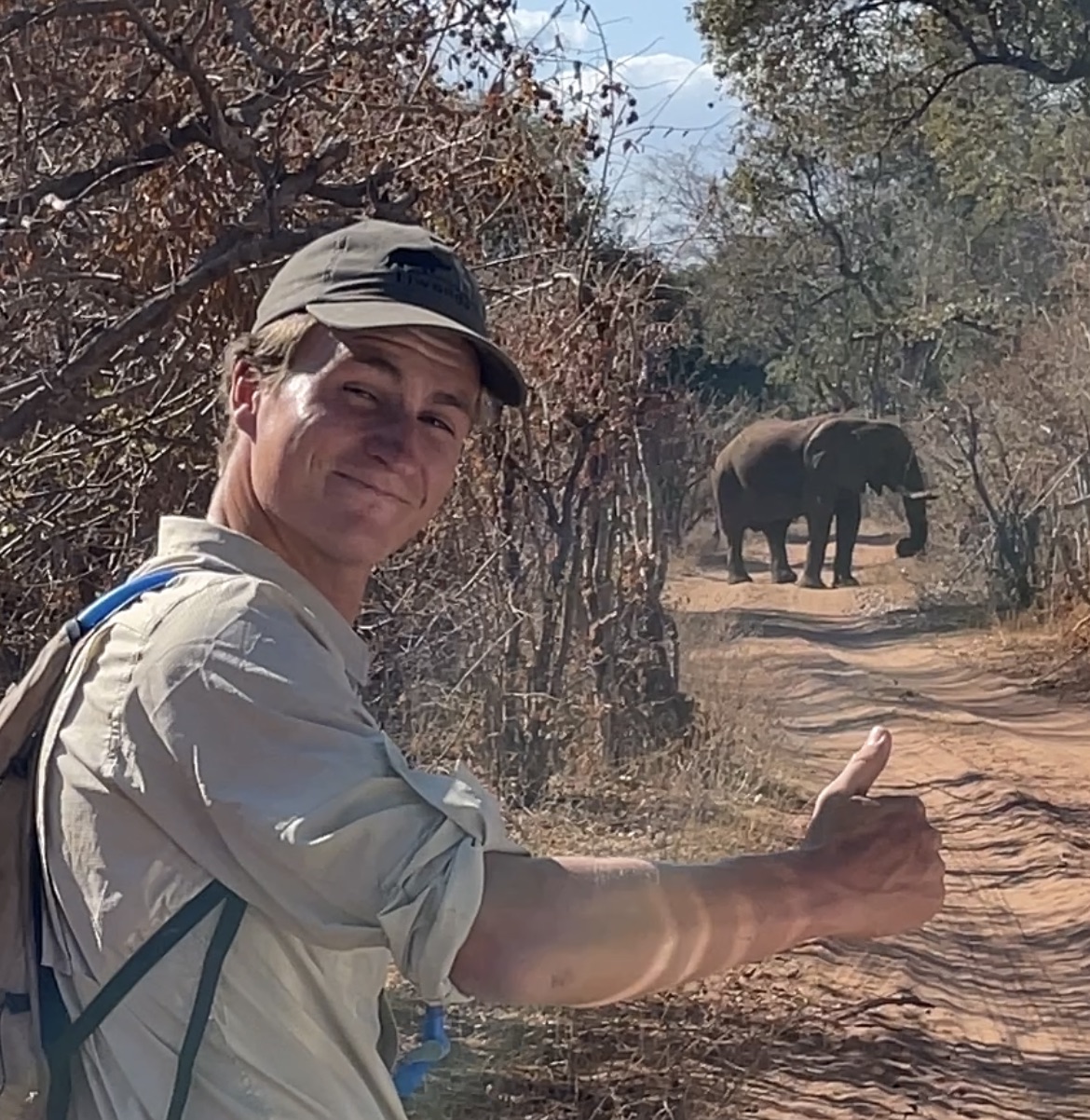
After a lazy morning and an afternoon drive with our guide Mattison on the first day, the second day started with a tour of the staff village and the park’s head office, where we met Mike, the park manager, and his wife Tracey. Mike and Tracey are Zimbabweans who spent much of their careers in conservation, working across the African continent. After introducing us to his staff, Mike gave us an impressive presentation on their work in the park. As mentioned earlier, Matusadona is a park unlike any other we had visited thus far. Not only does it border a massive lake from where people can come in, it is also unfenced, meaning the park is open to people and animals moving in and out. As one might expect, this increases the chance of human-wildlife conflict and makes the park more vulnerable to poaching, but at the same time it allows animals to move freely in and out of the park. This is becoming increasingly rare: as human populations have kept growing, ancient migration routes have ceased to exist. As Mike explained, Matusadona has become the last stepping stone for elephants to migrate between Botswana and Mozambique. If it fails, elephants populations in the region will be cut off from one another, and will be left be more vulnerable to local pressures such as droughts and poaching. Naturally, free roaming elephants cause trouble for human settlements, but as the pile of dung in Kariba town indicated, people in Zimbabwe have learned to coexist with even the most difficult animals. Not just elephants walk through town, at night lions patrol the streets of Kariba, Mike told us. As a Zimbabwean, this is something he was very proud of. ‘Despite all the political turmoil, Zimbambwe has remained strong on conservation,’ he boasted. He furthermore explained to us that Zimbabwe always receives bad press as a result of its political system, but that underneath the rotten politics is a country of the friendliest people with a strong conservation culture. And unlike its neighbour to the south, Zimbabwe is safe. ‘My daughters go on road trips by themselves,’ Mike told us. ‘When their car breaks down the locals come and help them. In South Africa that is unthinkable.’

After our informative visit to the park office, we drove to King’s Camp, a fisherman’s village inside the park, on the lake shore. Initially we were supposed to visit another village outside the park, but as it turned out, we arrived in Matusadona just two weeks before the country’s national elections, and the vice president, Mr Constantino Chiwenga, was planning a visit to that same village. This is just my personal theory, but it wouldn’t surprise me if the controversial past of the Kariba Dam is the source of much discontent today, making it a priority area for a vice president seeking re-election. In any case, the park management feared social unrest, and thought it better for us to visit King’s Camp instead. As the name suggests, King’s Camp was never intended as a permanent settlement, but rather a seasonal camp from where fishermen were allowed to fish for a couple of months per year. But over the years, as the park was poorly managed and rules were not enforced, the fishermen stayed year-round and brought their wives and children along with them. Today, King’s Camp is a permanent village with over 250 inhabitants. However, because King’s Camp is not officially recognized as a village, the government has no intention to fund a school here. As a result, the children in King’s Camp grow up without any official education. Recognising that the people of King’s Camp are here to stay, the park management has now taken it upon itself to build a school. This will no doubt further increase the trust between the inhabitants and the park management which, after a difficult start, has improved when the fishermen noticed a steep growth in their catches as a result of improved anti-poaching efforts.
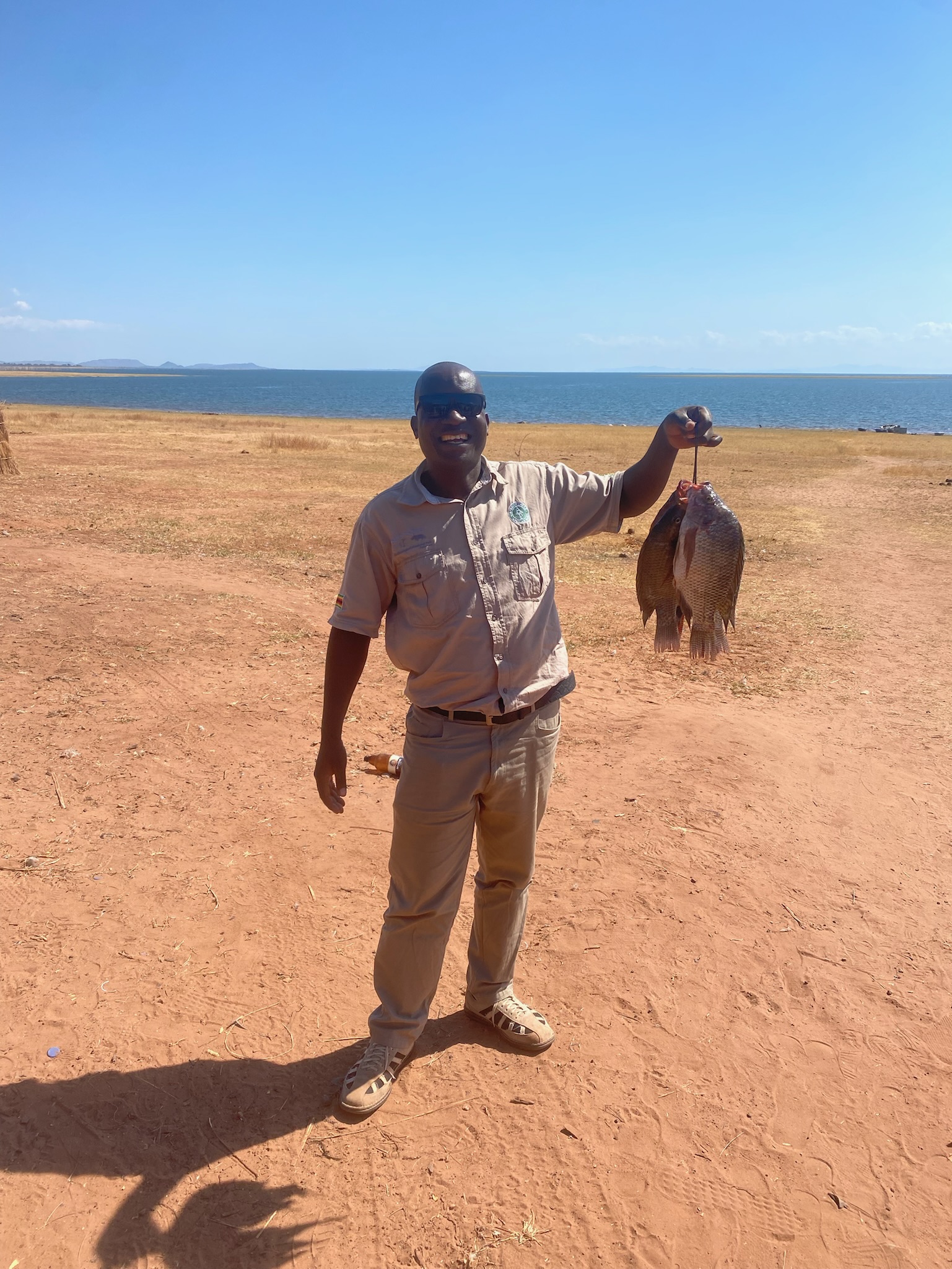
The remaining days in Matusadona were very laid back. We enjoyed a couple of nights in a new campsite on the banks of a dry riverbed, were we spent our days reading and watching elephants feed. The camp was managed by Brandon, a 21-year-old lad from Kariba Town, who impressed us deeply with his knowledge of the bush. Brandon was determined to become a guide, which is far from easy in Zimbambwe. Without a doubt, Zimbabwe maintains the highest standards for guides anywhere in Africa. The track to becoming a fully qualified safari guide spans over four years and includes time working as a camp manager, as well as being present when a problem animal is shot (until recently students were required to personally shoot four dangerous animals such as lion, elephant or buffalo). In addition, students are required to undergo a written examination and endure the intense pressure of a practical assessment that extends throughout an entire week.
After four days inside the park, we said good-bye to Brandon, Mike, Tracey and many others and found ourselves back on the power boat toward Kariba Town. Matusadona is a park unlike any other, and one the four of us strongly hope to return to. Now, though, it was time to head back to Lusaka, before turning west and heading for Kafue National Park. Some time later, we learned that Mr Chiwenga’s trip to Matusadona had not been in vain, as he and his running mate, President Emerson Mnangagwa, won with 52.6% of the vote. Regrettably, as is often the case on this beautiful continent, the election was marred by allegations of voter intimidation and manipulation of the results.
.




